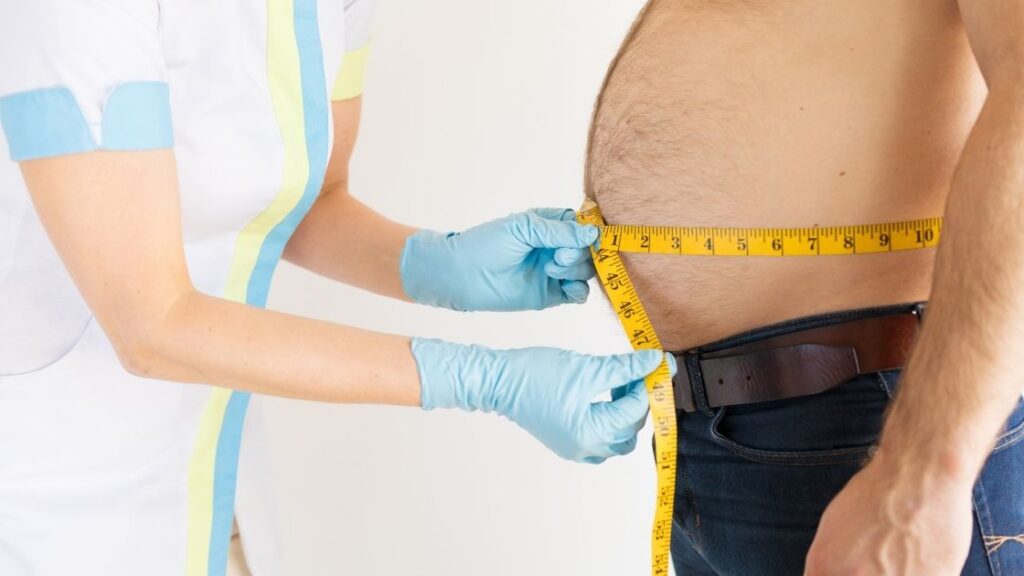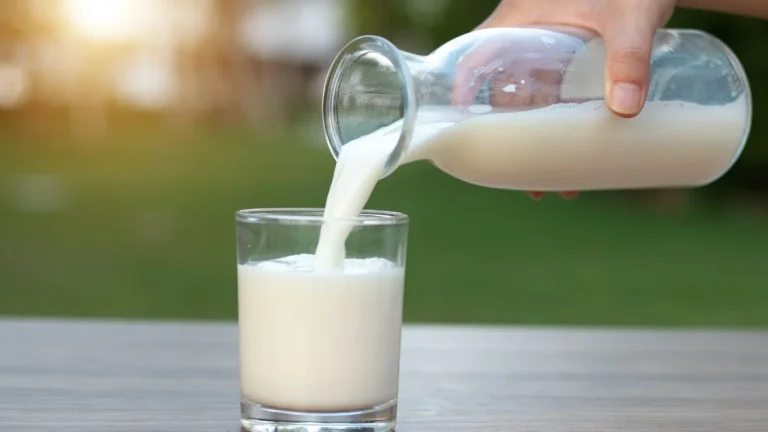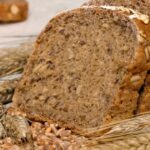- Taking body measurements is essential for tracking weight loss progress
- Use a reliable body tape measure and measure at least twice for accurate results
- Measure before consuming anything in the morning to eliminate excess water weight
- Wear tight clothing and measure the widest parts of your abs, chest, calves, arms, hips, thighs, and waist.
- Body measurements change over time due to body composition and muscle vs fat loss
There’s nothing worse than exercising week after week and watching your diet like a hawk just for the scale to tell you that your body weight has changed.
It happens to all of us and isn’t anything to worry about.
Just like that friend who likes to cook up a story, the scale is not telling you the whole truth.
The only way to find out the whole truth is to measure body for weight loss and bask in the results of your real fat loss success.
Taking measurements can give you the real low-down on your diet and workout’s success and help you track your results further.
Measuring your body won’t take much time or effort, and certainly no investment, just a measuring tape.
Weight loss measurements will show you exactly where you are having the best weight loss progress, where you are losing body fat, and which areas to focus on to burn more fat mass.
As we all burn fat a little differently and in different areas, measuring and taking notes of your progress regularly is important.
But how exactly do you take body measurements for fitness to track your weight loss?
Our guide will show you how to measure your body for weight loss!
How to Take Body Measurements
Although there is no need for special talents, there are certain body measurement techniques for each part of the body.
Specific body measurements for fitness should be taken for the perfect indication of how the body’s fat percentage and composition are coming along and whether the exercises and diets are working.

Firstly, you must use a reliable body tape measure made from a softer material to bend easily and give accurate results.
Having a notebook or file on your phone would be helpful to track your measurements each week or as frequently as you will be measuring.
When measuring yourself, be sure to measure at least twice to be sure the measurements are accurate.
For accuracy’s sake, the tape measure should always sit on the skin’s surface, so don’t hold the tape away from your skin.

For losing weight, we all love to have that cup of coffee or green tea first thing in the morning, but you should be measuring before consuming anything.
This also helps to have the same circumstances with every measurement and eliminate excess water weight.
Keeping the measurements consistent with what you are consuming and the time of day is important to ensure accurate measurements each time.
How to Measure Body for Weight Loss
When you measure your body, make sure that you are wearing tight clothing.
The same clothing should always be worn when measuring to ensure that the measurements every day are 100% accurate; otherwise, what’s the use of investing in that measuring tape?
- Abs: When taking your measurements over the stomach, it’s important to stand up straight with your feet together and torso straight. Stay relaxed and find the widest part of the abdomen. This is usually around the belly button.
- Chest: Measuring your chest is done the same way as measuring the abs since you need to stand straight with your feet together, find the widest part around your bust, and presto! Always use a flexible and make sure the tape level is in your nipple height.
- Calves: With calves, you should measure halfway between the knee and the ankle to ensure accurate measurements.
- Arms: Relax one arm and find the midpoint between your shoulder bone and elbow. This will ensure the perfect accuracy to measure your upper arm.
- Hips: Stand sideways and look in the mirror with the tape parallel to the floor.
- Thighs: One of the easier parts to measure. Just measure the widest part of the thigh.
- Waist Measurement: Measure from the narrowest part of the abdomen for waist circumference
How Body Measurements Change Over Time
Weight loss is a constant struggle for a lot of us.
Healthy weight loss is a lifestyle that takes dedication, hard work, physical activity, and low calories.
When following the correct diet and exercising regularly, results will show soon.

Depending on how you want to lose weight depends on how measurements will change over time.
- Body Composition: Some of us only want to lose fat in certain areas and keep other areas the same, but unfortunately, there is not much of a choice in those regards. Body composition, amount of fat, lean muscle, and even tissues all change over time based on lifestyle, exercise, and aging. Measure your areas of the body by using a measuring tape. Your body changes every time, and you must keep track of every body part. By this, you can get a clear picture of your progress.
- Muscle vs Fat: This is another phenomenon of weight loss, but it proves that it is possible to lose some inches without losing weight on a scale. Although scales have always been the go-to and easiest method to see if the hard work and diet are paying off, it’s not the most reliable as they only show where you have lost fat. Scales cannot show your body fat percentage and also do not consider your body mass index or muscle mass. While you are losing weight, your body composition is changing. You should maintain proper body shape. The different bodies need different care. Regular body measurements can help to know how to take the body in proper shape.
Building muscle might even lose inches but not show on the scale, which is perfectly normal with fitness workouts.
This proves yet again how important measures around your body for weight loss females are.
Tracking Your Progress
Tracking your progress is one of the most rewarding parts of weight loss measurements.
It shows your progress and keeps you motivated to stick with the diet.
Although you may be tempted to measure every chance you get, it’s best to measure only every two to four weeks to see the real progress.
Keeping track of your measurements will help guide you through what’s working and what is proving to be a waste of time.
This will show you exactly how your efforts affect your body composition while working hard to build muscle while losing weight.
Measuring your weight loss journey also acts as a body fat calculator, as you can see the inches dropping off as you gain more lean muscle.
By writing down or recording each measurement of all the muscle groups and parts of the body, you can keep perfect track of your progress in sculpting your new body for wellness.
Other Techniques
In addition to using a measuring tape, other tools and techniques can be used to measure body composition and track weight loss progress.
One such tool is calipers, which can be used to measure skinfolds at various sites on the body.
This can provide valuable information about overall body composition and can be used with circumference measurements.
Another technique for measuring body composition is using bioelectrical impedance scales.
These scales use a small electrical current to estimate the amount of body fat based on the resistance to the electrical current. While these scales may not be as accurate as other methods, they can still provide a general idea of body fat percentage.
Methods such as Dual Energy X-ray Absorptiometry (DEXA) and air displacement plethysmography (also known as the Bod Pod) can be used for a more accurate measurement of body composition.
These methods provide a more detailed analysis of lean muscle mass, fat mass, and bone density.
It’s important to remember that weight loss measurements are just one tool in the weight management journey.
It’s also important to focus on other factors such as eating habits, exercise programs, and overall lifestyle.
Consistency is key when it comes to tracking progress, whether it’s through weekly progress pictures or keeping a progress chart.
Ultimately, the best way to measure progress is by how you feel in your body.
While numbers on a scale or measurements may be helpful, listening to your body and focusing on overall health and well-being is important.
Measuring Your Weight Loss for Motivation
The scale has repeatedly proven to us that it’s not the most trusted and honest friend and that weight loss measurements are much more accurate.
Body measurements for fitness show us exactly how exercises are helping and exactly which parts of the body are losing weight or building muscle.
By keeping track of all body weight loss measurements, you can work out better exercise routines and diets to get the ultimate results in building muscle and losing weight.
So grab that measuring tape, take a sip of water, and get ready to track your progress on the right track.









